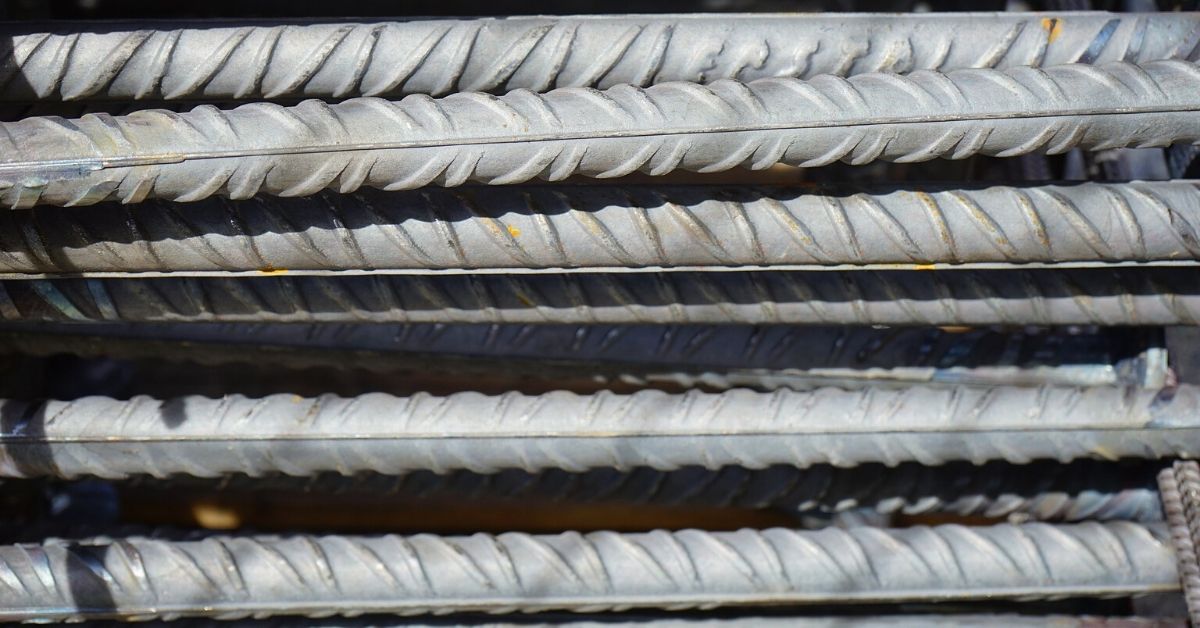It can be difficult to distinguish metals from each other. We may think metals like copper and lead have more in common with steel or iron, when in reality they are more closely related to precious metals like gold and silver. The reason why is because metals and alloys can be categorized by having either ferrous or non-ferrous properties.
The Main Difference Between Ferrous and Non-Ferrous Metals
To put it simply, the main difference between ferrous and non-ferrous metals is the presence of iron. Ferrous metals contain iron while non-ferrous metals do not.
Non-ferrous metals have been used for much longer than ferrous metals. In 5000 BCE, the discovery of copper marked the end of the stone age. Later the invention of bronze, a non-ferrous alloy of tin and copper, began the Bronze Age. The use of ferrous metals began in earnest around 1200 BCE with the advent of the Iron Age. Since then, humanity has designated uses for both metal types based on their strengths and weaknesses.
Here are some of the characteristics of ferrous metals and where they are best put to use.
Ferrous Metal Characteristics and Uses
Ferrous metals contain iron and are valued for their strength and durability. These characteristics make them staple materials within the construction industry. Ferrous metals are used to build industrial piping, railroad tracks, shipping containers, and many kinds of commercial and domestic tools. Ferrous metals such as carbon steel are used in the tallest skyscrapers and the longest bridges.
Most ferrous alloys contain a high amount of carbon. This makes them vulnerable to rust when they are exposed to moisture. The only two ferrous metals resistant to rust include wrought iron (which resists rust due to its low levels of carbon) and stainless steel (which is protected from rust due to the presence of chromium).
Common ferrous metals include:
- Alloy steel
- Carbon steel
- Cast iron
- Wrought iron
Non-Ferrous Metal Characteristics and Uses
Non-ferrous metals contain no iron. This group contains common metals like aluminum, and precious metals such as gold and silver. Due to the absence of iron, this metal family has a higher resistance to rust and corrosion, which makes them ideal for use in liquid pipes, roofing, gutters and outdoor signs.
The high malleability of non-ferrous metals makes them great for creating jewelry and different manufacturing purposes. Non-ferrous metals are non-magnetic, making them ideal for many wiring and electronic applications
Common Non-Ferrous Metals Include:
- Aluminum
- Copper
- Lead
- Zinc
- Tin
Different Metals For Different Uses
Not all metals are created equal. We can use ferrous and non-ferrous metals for all sorts of applications and put them to use where their respective properties will best perform.












